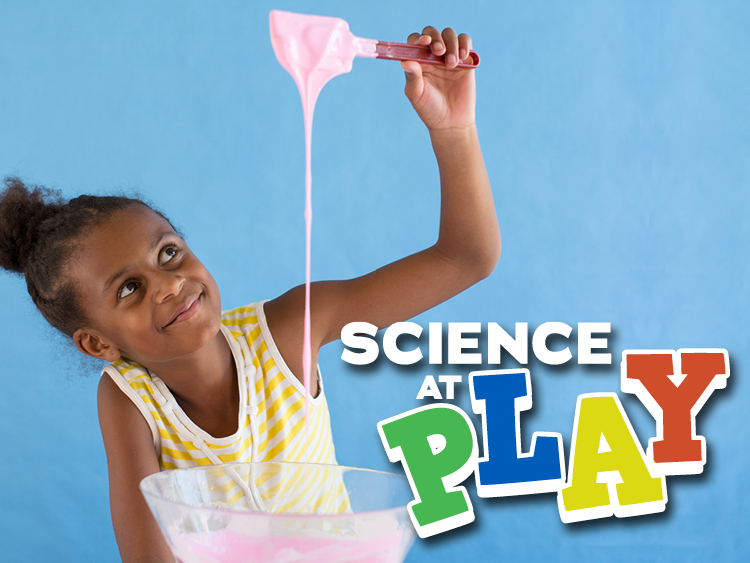Are you looking for a new use for some recyclables in your home? Need an activity the whole family can participate in? We are here to help! Today we are going to show you how to make a Cartesian diver at home. Don’t worry, we know this sounds fancy, but Cartesian divers are an easy way to experiment with density. The materials are simple, so collect everything you need from the list below and let’s get started.
Materials to Collect
- Empty clear bottle (any size, but 1 liter works well)
- Paper clip
- Oil-based clay (Sculpey works well)
- Bendy straw
Build it!
- Cut your bendy straw so you have two equal lengths on either side of the bend.
- Bend your paper clip so the paper clip makes a rounded V shape, with a loop on either side, and place one side of the paper clip V into one side of your straw, and the other side of the paper clip V into the other side of the straw. This should hold your straw together in an upside down V shape.
- Add a ball of clay to the paper clip, making sure you don’t completely cover the straw holes. Water and air need to be able to get in and out of the straw.
- This is a good time to test your cartesian diver. Grab a container or large cup of water and place your diver into the water. Your goal is to get your diver to just barely float at the surface of the water. If it sinks: remove some clay, if it floats too high: add some clay.
- Next, fill your bottle with water all the way to the brim. You don’t want any air in the bottle at all.
- Place your diver in the bottle, clay side down, and cap the bottle.
- Test it out! Squeeze the bottle and watch your diver plunge to the depths. You can always modify your cartesian diver if it doesn’t work perfectly the first time.
What is the Science?
When you squeeze the bottle, you are forcing water up into the bendy straw which compresses the air that is trapped inside. This results in enough of an increase in density that the cartesian diver will sink to the bottom. Releasing the bottle decreases the pressure on the diver. The water that was forced into the bendy straw comes out which releases some of the pressure on the trapped air. This means that the density goes down, and your diver rises back up to the top of the bottle.
Ask Your Young Scientists
- How does adding or taking away clay change how the diver floats or sinks? What do you think would happen if we add more or less clay? Will the diver work the same way? (Try versions of the divers with more or less clay in your testing container, and ask your scientists to predict how it will act in the bottle based on the test.)
- Where is the air trapped in our diver? Why is it important that there is air trapped inside the diver? What would happen if there was no air trapped in the straw?
- How do you think we can make the diver dive fast or slow? (Try to change the speed that the diver moves by changing the amount of clay, and by changing how your scientist squeezes the bottle.)
More to Explore
- Can you find other objects in your home that can be used as cartesian divers? Remember, you need to allow for a small pocket of air that can be compressed.
- Can you get your diver to “hover” in the middle of the bottle?
- Can you create a bottle with more than one diver? Can you create divers that will dive at different times?
We want to see what you try at home. Share your experiments with us on social media by using the #ScienceAtPlay and tagging @CTScienceCenter.

Andrew Fotta is a STEM educator at the Connecticut Science Center. He has currently holds a CT teaching certification for grades K-6, and has spent time in the classroom in nearly all grades, and taught middle school science. In addition to teaching classes for the Science Center, Andrew is also part of a team of educators currently creating new programs aligned with the new Next Generation Science Standards for grades PreK-9. Andrew is an avid photographer, who enjoys blending science and art in his work.

Nick Villagra is a STEM Educator at the Connecticut Science Center, responsible for developing and delivering science experiences, including classroom lab programs, stage shows, and vacation camps. Nick holds a Bachelor’s of Science in Engineering from Swarthmore College. and has been a speaker at the New England Museum Association conference. Always looking to put a unique stamp on the Science Center’s offerings, Nick enjoys incorporating custom-designed 3D printed materials for students to interact with.



